What is the New Big 5? Most people know the traditional Big 5 animals: Lion, Leopard, Cape Buffalo, Rhino and Elephant. They were named as the top animals to kill on Safari in Africa. In time, they became the top animals to photograph. The New Big 5 was an international initiative to create a New Big 5 of Photography and not hunting. Animals that we want to shoot with a camera and not a gun. The New Big 5 are Polar Bears, Gorillas, Lions, Tigers and Elephants.
The traditional Big 5 was relatively easy to see. Travel to Africa and more than likely you will encounter most if not all of the Big 5. The New Big 5 is harder. It means traveling to the Arctic, Asia and Africa. Even then you might not encounter all of these animals.
Kati and I did just that.
We travelled to the Arctic and saw over 40 polar bears in the wild. We have ventured to Africa and saw Gorillas, Lion and Elephant. And we went to Asia and saw Tigers and the Asian Elephant. And it has been incredible.
Yes, it was great to be able to photograph these animals in the wild. But more importantly we were able to learn about the struggles these iconic animals go through. Whether it is habitat loss, or poaching or from climate change, these mighty animals are all struggling. Wildlife throughout the world is struggling. Whether it be pangolins, jaguars, or even the Florida panther, much of wildlife is on the verge of extinction. A tiger in a zoo is not a wild tiger. A gorilla in Disney World is not a wild gorilla. To continually destroy their habitats or kill them because of some ancient belief is insane. And yet that is what is happening.
To not believe in climate change is incredible. It means that all the scientific data is wrong. It means that our own eyes are wrong. It means that the unbeliever has tuned out everything around him or her and ignores what is apparent and right in front of them. We hope this changes before many of these animals will no longer be here.
Here are our favorite photos from the New Big 5:
Tigers
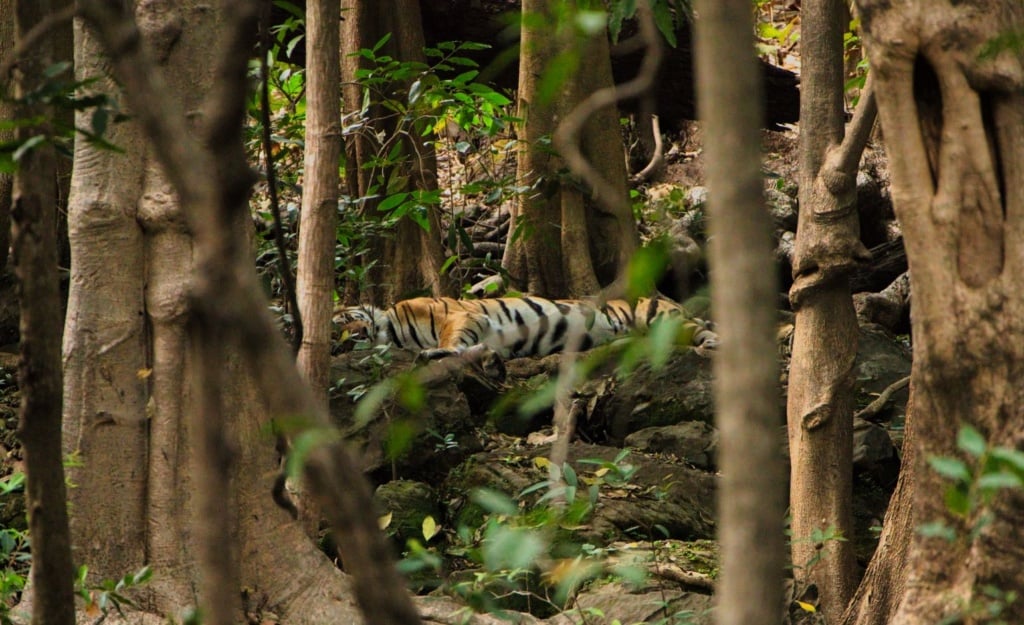
A Tiger sleeping in the Jungle. It was the first wild Tiger we saw.

This large male Tiger was with a female and mated while we watched.
According to the International Union for the Conservation of Nature (IUCN) Red List of Threatened Species, the current tiger conservation status is classified as endangered / critically endangered. There are approximately 4,000 wild tigers left in the world. With poaching, human encroachment and climate change, the wild tiger population is seriously under threat. Can you imagine a world without wild tigers?
Lions

This is the Black Rock Pride in the Masai Mara. With 3 cubs, the males were very protective.

A female lion in the Maasai Mara

These two lion cubs were waiting for their mother in Uganda.
According to the WWF, the IUCN estimates that between 23,000 to 39,000 lions remain in the wild. However, other data from recent years suggests that that number may be closer to 20,000, as three-quarters of their population is in decline. In just the last two decades, lion populations have decreased by 43%. Down 90% over the last 100 years. The lion is vulnerable due to the same reason as the Tiger above.
Gorillas

Trekking into the jungle to experience Gorillas is amazing experience.

Thinking!
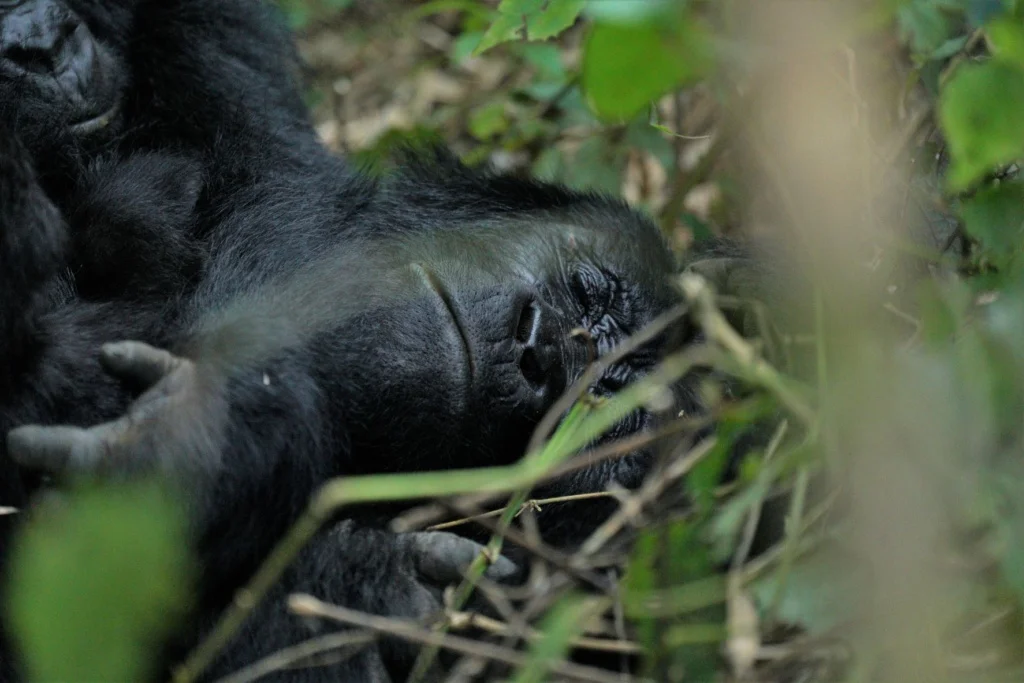
Taking a nap. Experiencing a gorilla in the wild is a life-changing experience
Mountain Gorillas are endangered. There are about a thousand mountain gorillas remaining on Earth, and about half live in the forests of the Virunga mountains in central Africa.
Polar Bears

Seeing Polar bears in the Arctic

Seeing so many polar bears together was amazing.

Polar Bears are the most iconic animal in the Arctic. We cannot lose these amazing animals.
The IUCN Polar Bear Specialist Group lists the polar bear as a vulnerable species, citing sea ice loss from climate change as the single biggest threat to their survival. There are about 26,000 polar bears left in the world. Their lives are changing and without action on climate change, we could lose all but a couple of the populations left by the end of the century.
Elephants
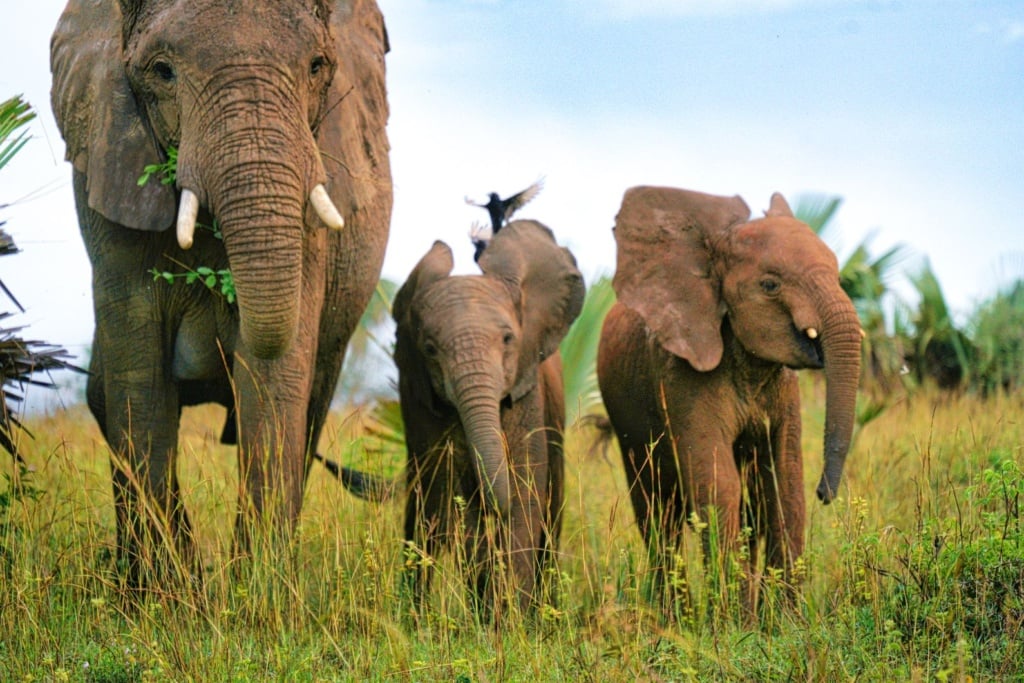
An elephant family in Uganda.

Elephants need saved. They are lovely creatures.
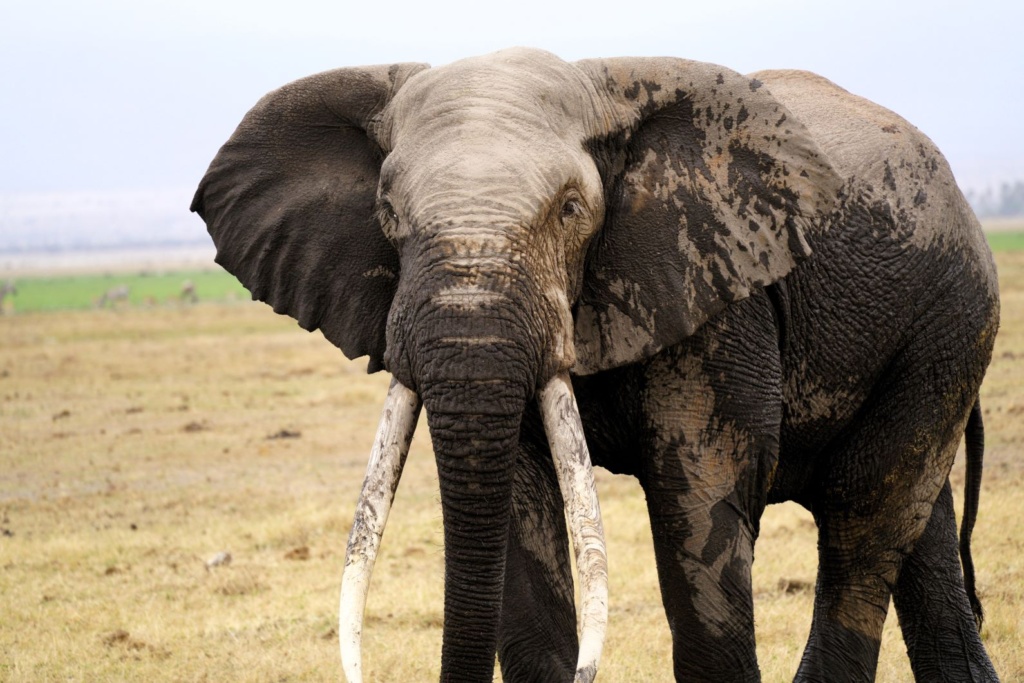
Big Tuskers like this are becoming more rare. There are estimated that only 24 survive today due to the devastating effects of poaching.
Following population declines over several decades due to poaching for ivory and loss of habitat, the African forest elephant is now listed as critically endangered. African elephant populations are down 90%,
Our Final Word
The New Big 5 is just a start. There are so many animals on the brink of extinction in the world. I cannot imagine a world without wild tigers, or elephants. You have to wonder if the human race will be forgiven for almost wiping out mountain gorillas or turning our backs on Polar Bears. There are so many other species that are almost gone. There is only about 200 Florida Panthers left in the wild. There are only about 3,500 shoebill storks left in the world. In 1900 there were 500,000 rhinos in Africa and Asia. Today there are about 26,000 left. We have seen the effects of climate change firsthand as well as what happens when poaching occurs. Human encroachment is a huge problem in many parts of the world.
Organizations like the WWF, Appalachian Bear Rescue, Polar Bears International and Project Tiger are working to ensure that these animals will still be here for generations to come. Find an organization and support it. It is not just about the animals, but about all of us.
Related Posts
The Human Connection: Why We Should Care About People We Meet on Our Travels
“The Human Connection” explores the profound impact of human interactions during travels. It emphasizes the importance of embracing local cultures, understanding diverse perspectives, and forming meaningful connections. This post encourages readers to see beyond tourist spots and delve deeper into the heart of the places they visit, through the people they meet.
Unforgettable Encounters: The Best Places to See Polar Bears in the Wild
We have traveled to Alaska and boarded a small plane. Flying through the Brooks Range, a mountain range in far northern North America stretching some 700 miles from west to east across northern Alaska into Canada’s Yukon Territory it felt like as if we were so close to the mountain tops that we could reach out and touch the peaks. Our destination was the arctic. The small village of Kaktovik.
And our goal? To encounter Polar Bears in the wild.
Why Climate Change Matters: Understanding the Threat to Our Planet
Climate change is not just an environmental issue; it is a threat to our very existence. Rising temperatures, extreme weather events, and melting ice caps are just the beginning. The consequences of inaction are dire, affecting ecosystems, economies, and human lives. It is imperative that we understand the urgency and take immediate action to combat this global crisis.







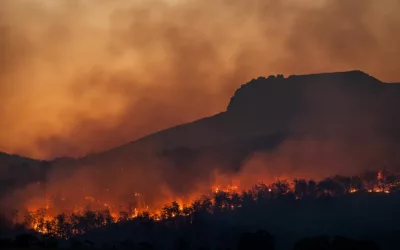



0 Comments